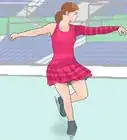This article was co-authored by wikiHow Staff. Our trained team of editors and researchers validate articles for accuracy and comprehensiveness. wikiHow's Content Management Team carefully monitors the work from our editorial staff to ensure that each article is backed by trusted research and meets our high quality standards.
There are 17 references cited in this article, which can be found at the bottom of the page.
This article has been viewed 76,260 times.
Learn more...
The axel is sometimes the hardest jump for figure skaters to learn. This jump features at least 1.5 spins in midair, which make it more difficult to land than some other jumps. There is also the double axel with 2.5 spins and the triple axel with 3.5 spins. No one has ever successfully landed a quadruple axel in a competition before, but maybe you will be the first! Learn the proper stance and execution of an axel, and practice it often along with other strength and stability moves to build your skills.
Steps
Developing Your Stance
-
1Stand still on or off the ice with your feet shoulder-width apart. Before you actually attempt an axel, take some time to get your stance right. Try standing in a pair of sneakers on a flat, even surface off of the ice, such as on a hardwood floor or concrete, or stand on the ice while wearing your skates.[1]
- Don’t skate forward if you are standing on the ice. Just stand still for now.
-
2Put your arms out to your sides and let them hang down. Position yourself so that your arms are relaxed and down at your sides. Relax your shoulders and let your arms hang loosely for a minute.[2]
- This is the position your arms will be in as you skate forward to gain speed for the jump, but don’t skate forward yet.
Advertisement -
3Bring your ankles about 6 in (15 cm) apart and tense them. Next, bring your ankles in closer together under your body as if you are trying to squeeze a ball between them. This will help you to increase your speed as you skate. Tense the muscles in your ankles as you bring them together to help prepare yourself for the jump.[3]
- Make sure that your ankles are tight and ready for the jump when you bring them together!
-
4Position your hands in front of you as if you are holding a loaf of bread. While still tensing your ankles, bend your elbows and bring your hands in front of your body. Keep your hands spaced so that it looks like you are holding a loaf of bread in between them.[4]
- This is the position your hands will be in when you lift off into the jump and also while you are executing the jump.
Tip: Proper body alignment is crucial for successfully executing an axel. Practice your stance until it feels like second nature. This will help to ensure that you maintain the correct stance during your axels.
Executing a Single Axel
-
1Skate forward and get into position. As you get ready to execute the axel jump, skate forward and then start to pick up speed. Then, get into the position that you practiced before. Skate forward quickly with your ankles close together and tensed, and bring your hands in front of you as if you are holding a loaf of bread.[5]
- Make sure that you are approaching the jump on the right, outside edge of your skates.[6]
-
2Lift your right knee up into the air and jump upwards. When you are ready to attempt the jump, pick up your right knee quickly to lift yourself off of the ground. Use your left foot to help launch yourself up off the ground as well.[7]
- The motion of quickly lifting your knee along with pushing off the ice with your left foot is what allows you to jump. This movement should be quick and powerful or you won’t get enough height.[8]
-
3Push downwards with your hands. As you jump, bring your hands down to your sides. Snap your elbows to a straightened position to do this. This should look as if you are breaking the imaginary loaf of bread across your knee.[9]
- Snapping your arms down into a straightened position will help you to get the power needed to jump higher.
-
4Turn 1.5 times in midair for a single axel. As you launch yourself up off of the ice, use your arms and right knee to propel yourself into a counterclockwise spin. The action of launching into the jump from skating will also help you to spin in midair. Twist your body counterclockwise as you leave the ice to help you get this motion.[10]
- Aim to turn at least 1.5 times in midair so that you land facing 180 degrees away from the direction you started the jump in.
- Focus on landing a single axel with a 1.5 spin while you are just learning. Double (2.5 spins) and triple (3.5 spins) axels are much more advanced and harder to land.
-
5Land facing the opposite direction and glide back on your left foot. When you finish your spin, come down onto your left skate and then glide backwards to complete the jump. Put your arms out to your sides as you land to help stabilize yourself and make it easier to stick the landing. Once you feel steady, continue skating backwards and then move into the next part of your routine.[11]
Tip: Don’t worry if your landing isn’t perfect the first time or even if you fall. The axel is a difficult jump to land. Just keep practicing and you will get it eventually!
Developing Stability and Strength for the Axel
-
1Do several knee lifts before you do an axel. Before you do an axel, lift your right knee up in front of you as high as you can. Repeat this 10 to 15 times to practice the motion.[12]
- It is important to lift your knee high into the air when you move into an axel. This ensures that you will get the required amount of height and inertia for the jump.
-
2Try the jump and spin off of the ice. If you want to get the movement of the jump, spin, and landing down without the risk of falling on the ice, you could try doing axel jumps from standing or running off of the ice. Follow the same body movements and process to do the jump, but do the whole thing while wearing sneakers on a hard surface, such as a hardwood floor or concrete.
- For an even safer option in case you fall, try doing axel jumps on grass or carpet flooring.
-
3Practice the back scratch spin. Plant 1 toe on a spot on the ice and begin to spin backwards around that central point.[13] Spin as quickly as you can, but stay within your comfort zone. To accelerate more, bring your arms in close to your body as if you are hugging yourself.[14]
- Back scratch spins will help you to build stability for the spinning part of your axel, so do these as part of your regular workouts.
-
4Add a loop at the end of your back scratch spin. A loop is a small jump or hop that you can do to end a spin.[15] When you are ready to end the spin, step or gently hop out of it with your outer foot and then glide backwards.[16]
- This will help you to build stability for coming out of your midair jump and into your landing.
-
5Do waltz jumps. To do a waltz jump, skate forward. As you skate, kick your right leg forward and bring your right knee up. Jump into the air as you bring up your knee, and then land on your left foot.[17] Waltz jumps are much less complex than axels, but they incorporate similar body mechanics, so they will help you to achieve an axel jump.[18]
- A waltz jump is similar to an axel jump, except you do not spin with a waltz jump.[19] Make sure that you do waltz jumps as part of your regular practice sessions to ensure that you will have the strength and stability for axels.
Tip: Pair a waltz jump with a back scratch spin for a slightly more complex exercise.[20]
Community Q&A
-
QuestionI can rotate one and a half and land on two feet or I can go around once and land on one foot. But I can't rotate enough and land on one foot. What should I do differently?
 Community AnswerReally push yourself and give it more force on the takeoff. If you can rotate the one and a half landing on two feet, but can't land on one, it's more of a mental problem and you'll need to work on visualizing an accurate landing, both on and off the ice, until you nail it.
Community AnswerReally push yourself and give it more force on the takeoff. If you can rotate the one and a half landing on two feet, but can't land on one, it's more of a mental problem and you'll need to work on visualizing an accurate landing, both on and off the ice, until you nail it. -
QuestionHow can I overcome the fear of doing an axel? I really want to, but it's hard for me to just go for it.
 Community AnswerMaybe use a harness to really get the feeling of the jump on the ice. Also, do a lot of axels on the floor. When you jump, try to think just do it, and be sure to put it in perspective -- yes, you may fall but not many times will you fall hard. Once you try it you will probably think that was easy!
Community AnswerMaybe use a harness to really get the feeling of the jump on the ice. Also, do a lot of axels on the floor. When you jump, try to think just do it, and be sure to put it in perspective -- yes, you may fall but not many times will you fall hard. Once you try it you will probably think that was easy! -
QuestionWhat do I do if I have a mental block about figuring out axels?
 Community AnswerIt takes a ton of time to be ready. At your figure skating rink, watch others do it. This definitely helps. Otherwise, just keep trying! It will seem scary and kind of hard, but don't be afraid to fall. You will do great, just keep at it!
Community AnswerIt takes a ton of time to be ready. At your figure skating rink, watch others do it. This definitely helps. Otherwise, just keep trying! It will seem scary and kind of hard, but don't be afraid to fall. You will do great, just keep at it!
Warnings
- Ask a coach or professional before you attempt your first axel. They can advise you on whether or not you are ready and give you targeted pointers based on your strengths. It is also a good idea to have them watch you attempt your first axel to make sure you are doing the jump safely.⧼thumbs_response⧽
- If you do not know how to do other more basic jumps or are not comfortable with them, do not attempt an axel! An axel is an advanced jump and not knowing how to do more basic jumps can make doing an axel unsafe.⧼thumbs_response⧽
References
- ↑ https://www.youtube.com/watch?v=cF66y390JFI&feature=youtu.be&t=45
- ↑ https://www.youtube.com/watch?v=cF66y390JFI&feature=youtu.be&t=47
- ↑ https://www.youtube.com/watch?v=cF66y390JFI&feature=youtu.be&t=51
- ↑ https://www.youtube.com/watch?v=cF66y390JFI&feature=youtu.be&t=55
- ↑ https://www.youtube.com/watch?v=cF66y390JFI&feature=youtu.be&t=63
- ↑ http://iceskatingresources.org/AxelJumpD.html
- ↑ https://www.youtube.com/watch?v=cF66y390JFI&feature=youtu.be&t=67
- ↑ http://iceskatingresources.org/AxelJumpD.html
- ↑ https://www.youtube.com/watch?v=cF66y390JFI&feature=youtu.be&t=67
- ↑ https://www.youtube.com/watch?v=cF66y390JFI&feature=youtu.be&t=70
- ↑ https://www.youtube.com/watch?v=cF66y390JFI&feature=youtu.be&t=70
- ↑ https://www.youtube.com/watch?v=cF66y390JFI&feature=youtu.be&t=191
- ↑ https://www.youtube.com/watch?v=wZjTbmFRpEE&feature=youtu.be&t=20
- ↑ https://www.youtube.com/watch?v=cF66y390JFI&feature=youtu.be&t=102
- ↑ https://www.youtube.com/watch?v=t4dz1jp1Eq0&feature=youtu.be&t=9
- ↑ https://www.youtube.com/watch?v=cF66y390JFI&feature=youtu.be&t=115
- ↑ https://www.youtube.com/watch?v=z9iA6tYk_KI&feature=youtu.be&t=110
- ↑ https://www.youtube.com/watch?v=cF66y390JFI&feature=youtu.be&t=140
- ↑ http://iceskatingresources.org/AxelJumpD.html
- ↑ https://www.youtube.com/watch?v=cF66y390JFI&feature=youtu.be&t=160
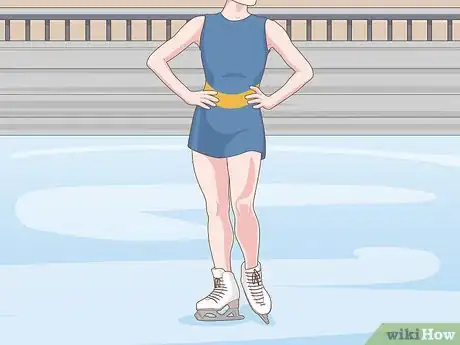
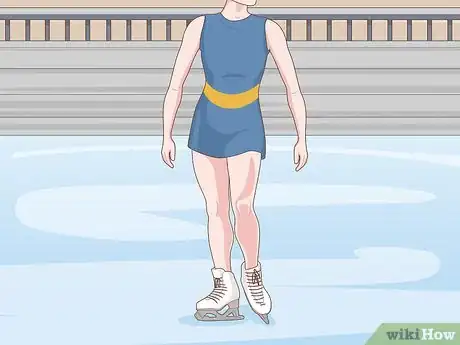
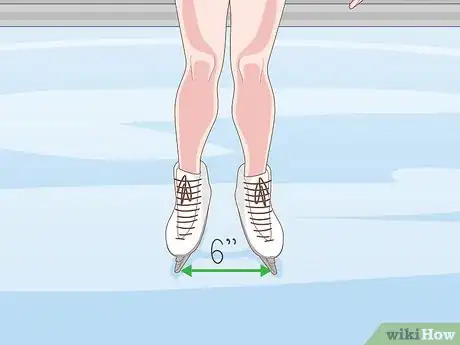

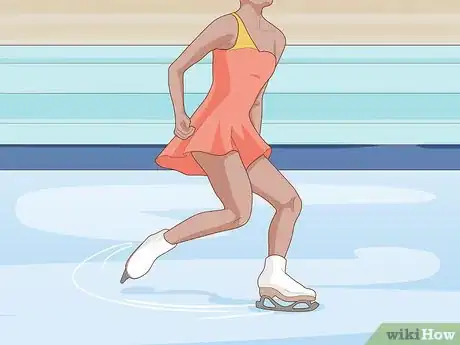
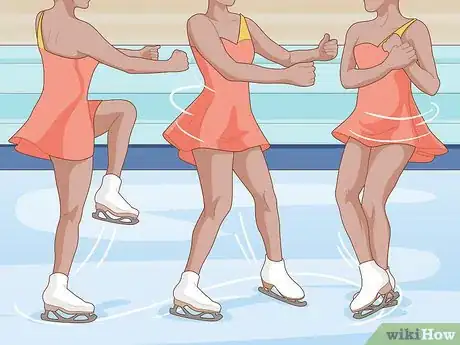
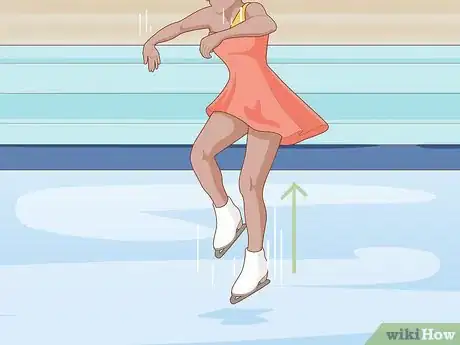

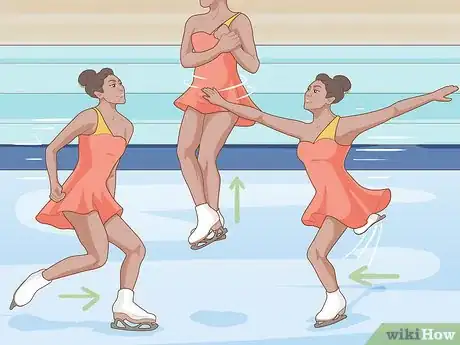
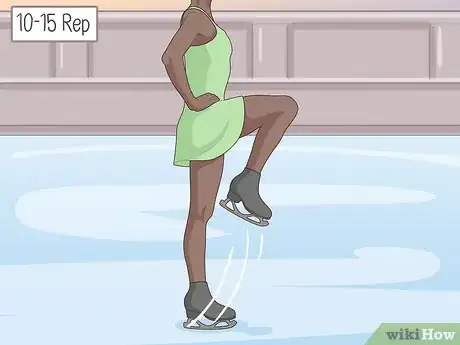
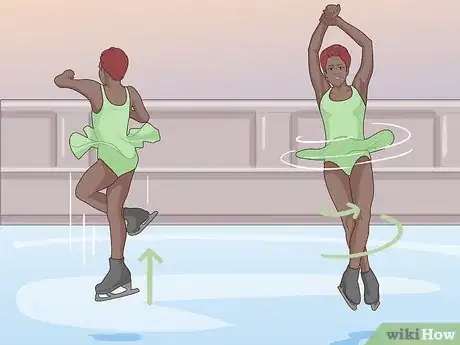
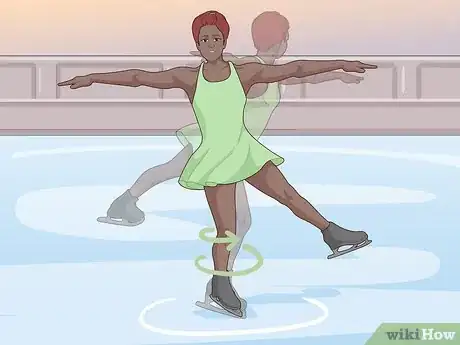

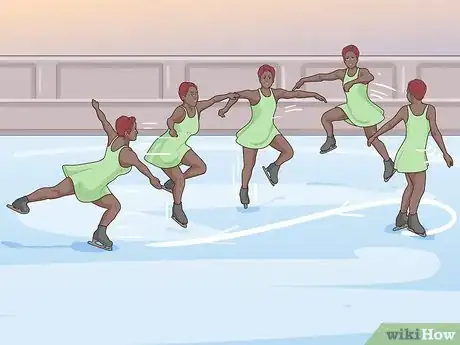
-Step-14.webp)


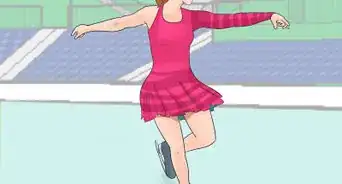
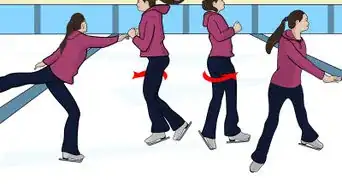
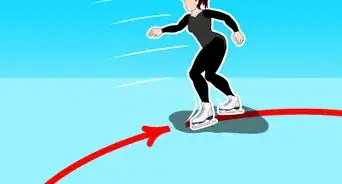

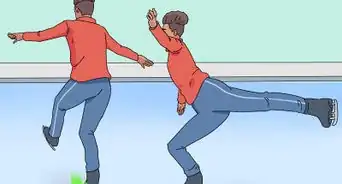
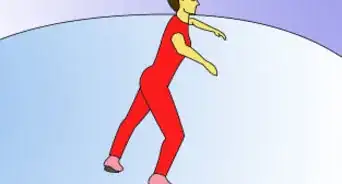








-Step-14.webp)


